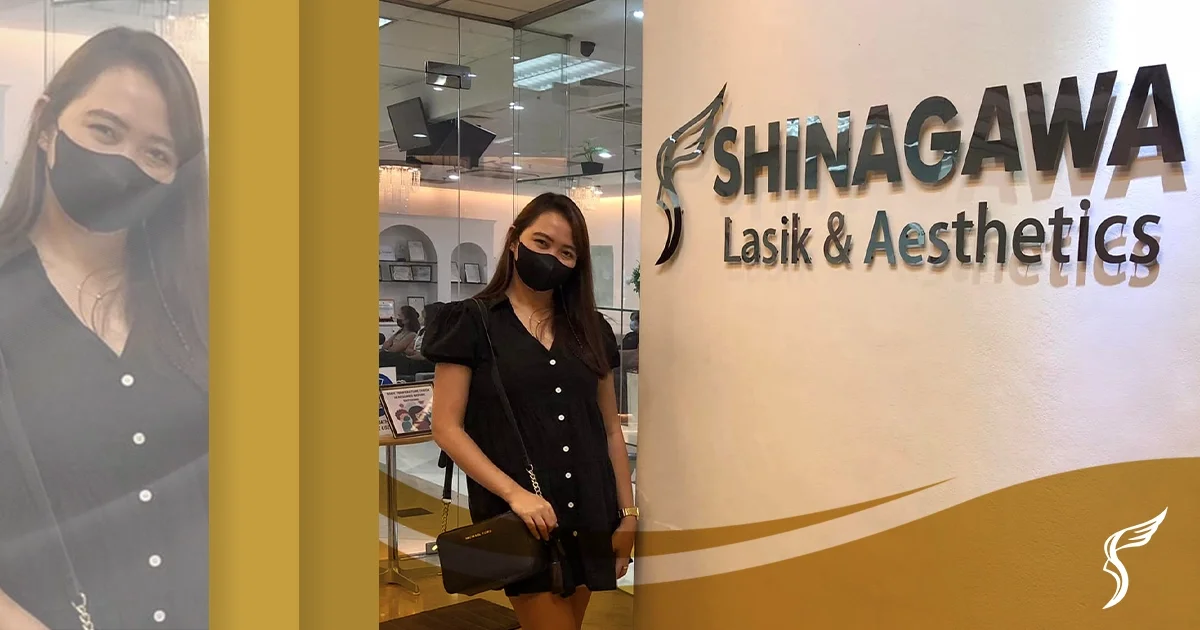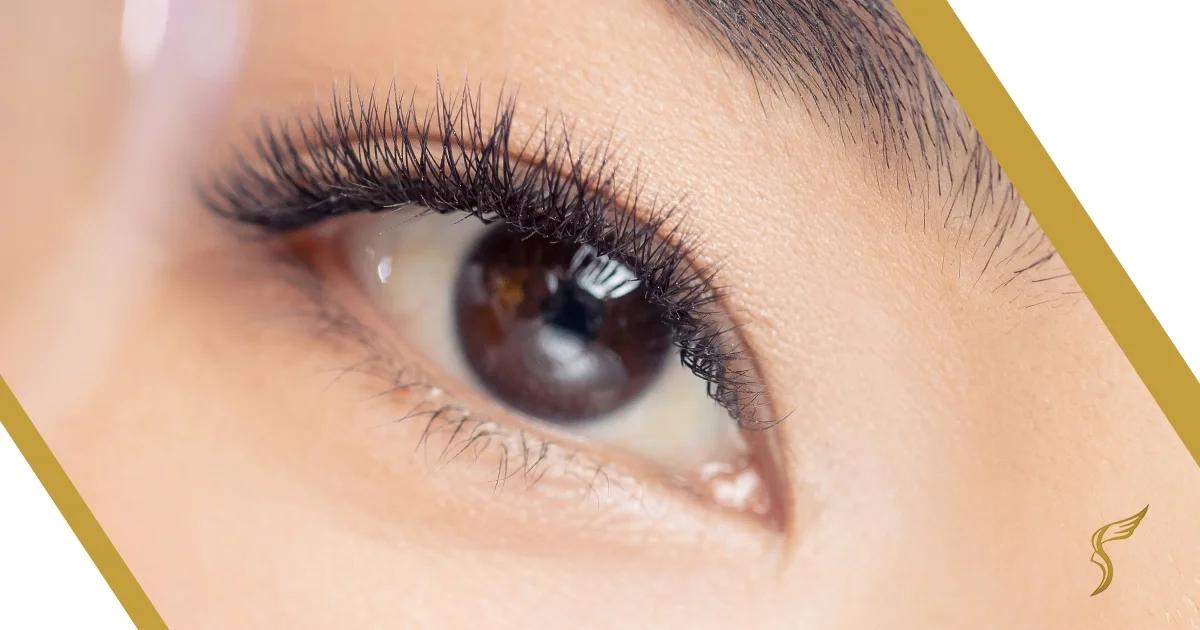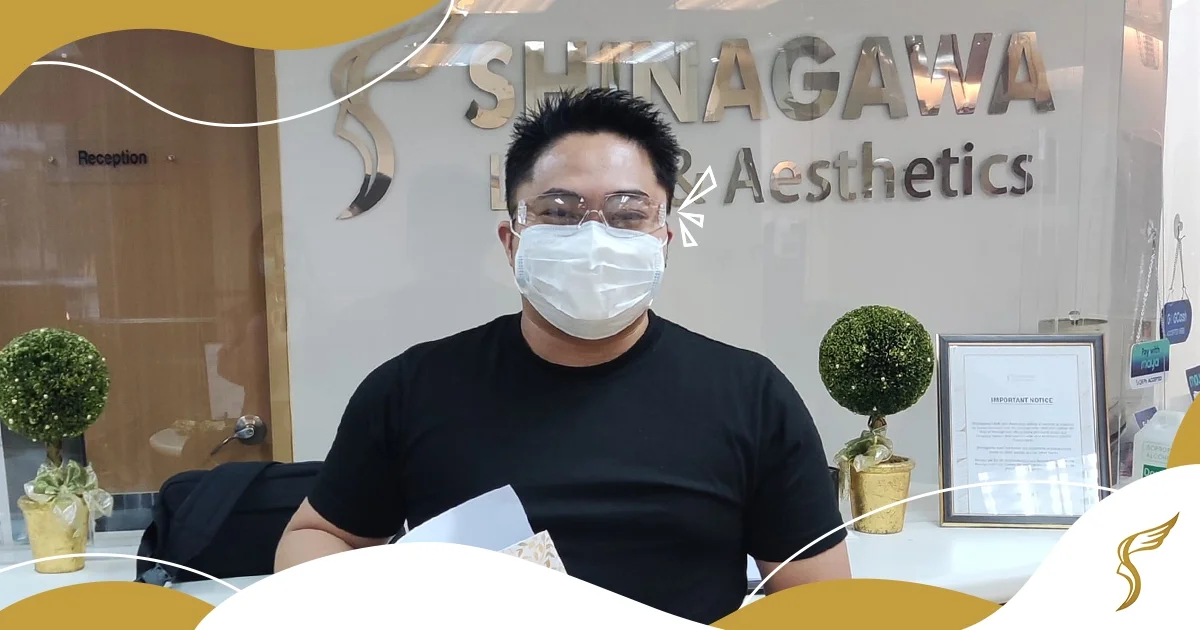Giving the Gift of Sight this Holiday Season
Can you believe it’s actually December already? Neither could we! It seemed like 2023 came by so quickly.
Since December is here, that means it’s the holiday season and for sure, you’re thinking about the best possible gift you can give people around you.
This year as you think about unique Christmas gifts for a loved one, don’t limit yourself to items that come from a store.
In fact, one of the best holiday wish list ideas and best last-minute Christmas gifts is clear vision! So this year, why not give a loved one the gift of LASIK!
Here are some reasons to consider it:
- It’s something that will positively affect them for the rest of their lives.
There are few gifts you can give that will be used every single day and will benefit your recipient every day too. But LASIK is truly a gift that keeps on giving. Whether it’s for your very athletic spouse who has been wanting great vision without the hassle of contacts and glasses, or for your best friend who seems to have everything (except good eyesight), laser eye surgery will improve their quality of life from here forward.
- It’s one of the most unique and memorable gifts you can give.
It can be challenging to find unique Christmas gifts for your wife, husband or other loved one, especially when you’ve known them for a long time. Pots and pans? Did that. Clothing? Did that. A massage? Did that, also. But laser eye surgery? There are few people who can say they’ve given – or received – that as a holiday gift! You’ll not only surprise the recipient of your gift, but you’ll also show them how much you care about them and their wellbeing. And you can be sure they won’t forget this gift anytime soon!
- It’s more affordable now than ever.
The thought of giving LASIK as a gift might have been crazy some time ago, but it’s become increasingly affordable over the years. Although still an investment, there are many people who can pay for LASIK in cash today. And for those who can’t, there are many financing options available.
Depending on your loved one’s eye health, vision and additional factors, they may benefit from one of several types of LASIK. The best bet is to encourage them to get a consultation and surprise them with the gift of paying for it once they have the logistics worked out. Or, if the cost will prevent them from wanting to go through with a consultation, you can always tell them your gift early.
Either way, it’s sure to make for a fun and surprising present to remember!
You can contact us to schedule an appointment for them any time.
For inquiries, questions, and appointments, call our Patient Care Lines:
🖥 Talk to our Consultants via Livechat: https://shinagawa.ph/
📱 Instagram: https://instagram.com/shinagawa_ph/






